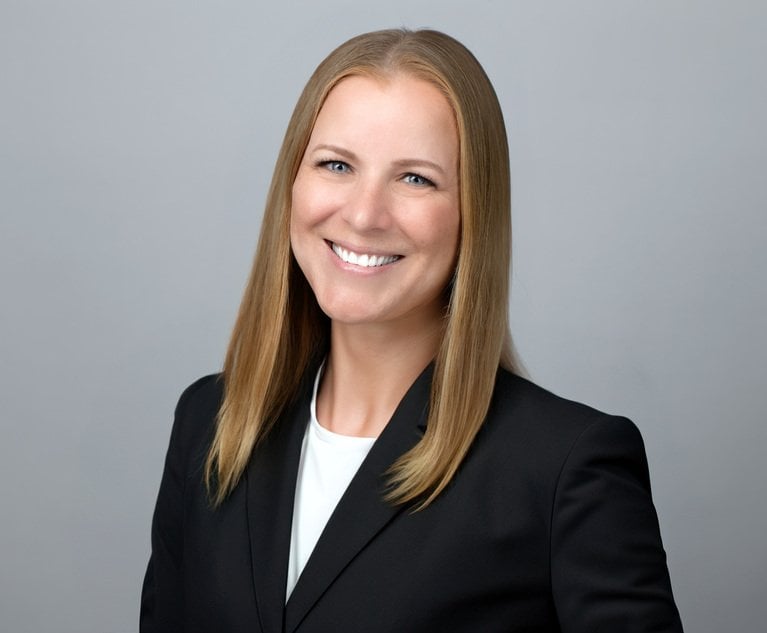Over the past decade, numerous competitive factors have compelled the world’s major law firms to seek ways of delivering legal services more efficiently and effectively. Firms have pursued these goals in myriad ways, ranging from creative pricing arrangements to co-creating bespoke solutions with clients. However, some of these efforts appear to be tactical responses, without an overarching strategy, posing a risk of innovation fatigue on both sides.
Starting With an Innovation Strategy
Few law firms have approached the innovation process holistically, with a formalized innovation strategy. A comprehensive approach to improving legal service delivery requires some essential ingredients to succeed—championship and support from top leadership; inclusion and alignment of legal and business professionals at all levels; and a culture of continuous improvement and calculated risk-taking.







